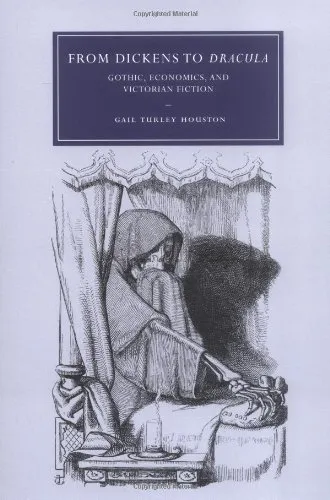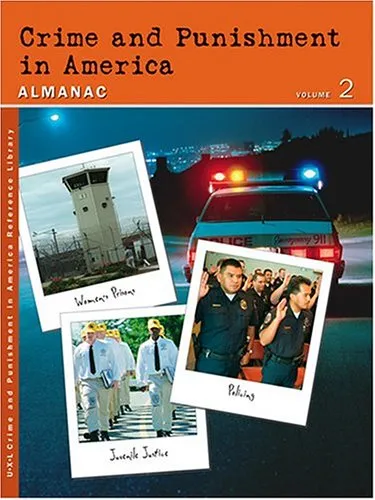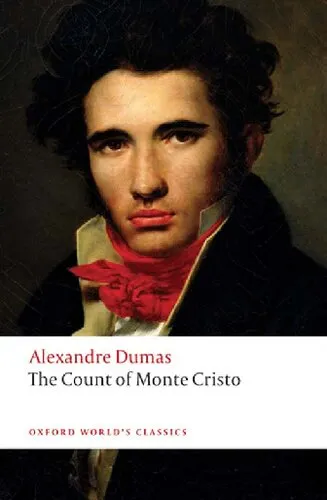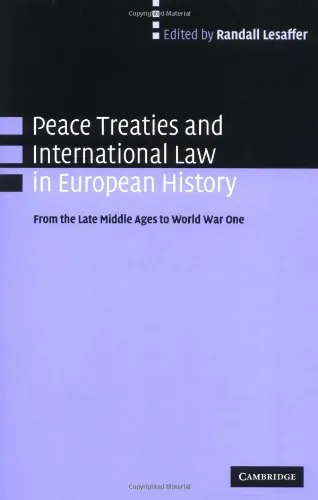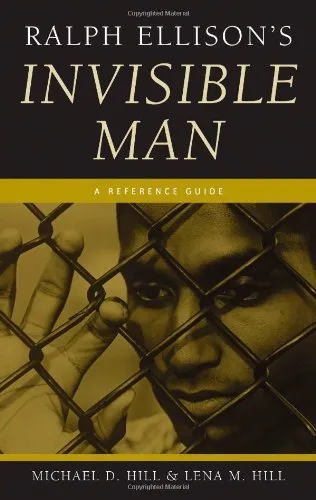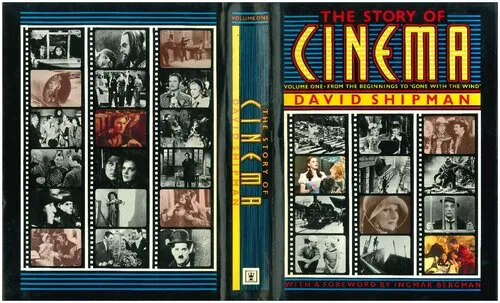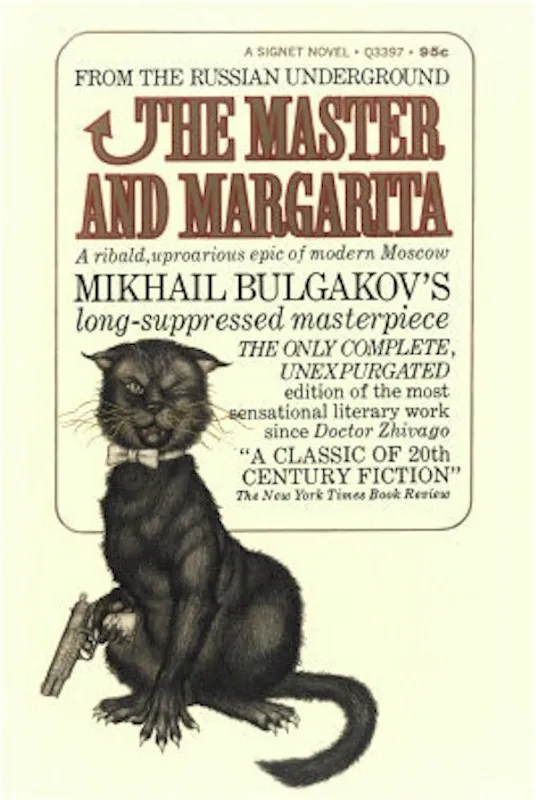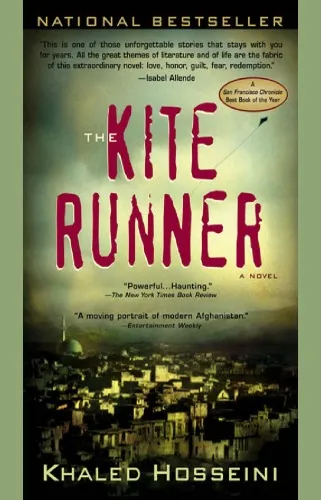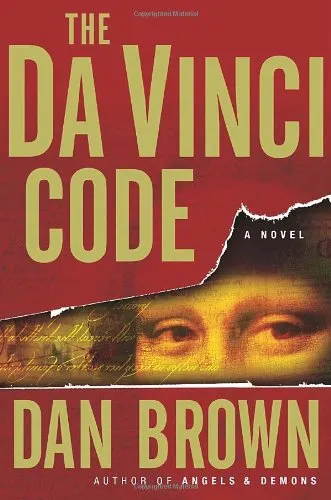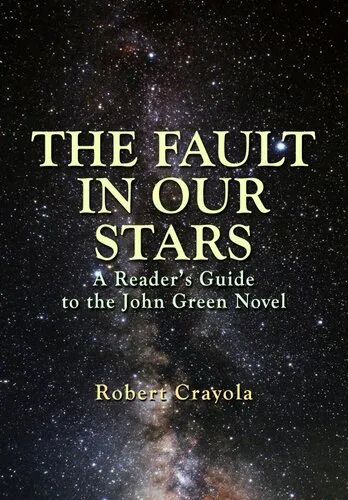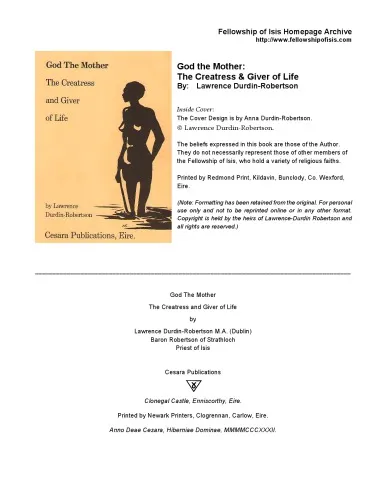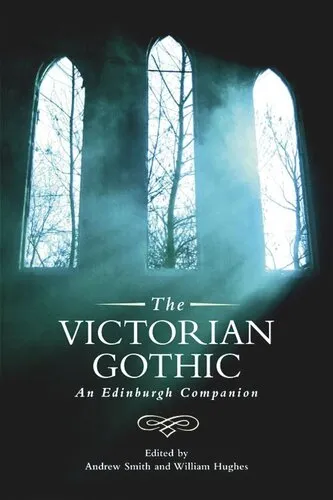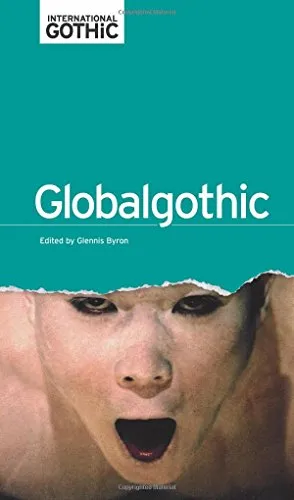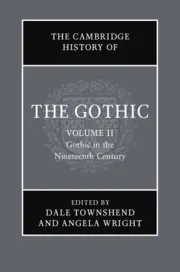From Dickens to Dracula: Gothic, Economics, and Victorian Fiction
3.0
بر اساس نظر کاربران

شما میتونید سوالاتتون در باره کتاب رو از هوش مصنوعیش بعد از ورود بپرسید
هر دانلود یا پرسش از هوش مصنوعی 2 امتیاز لازم دارد، برای بدست آوردن امتیاز رایگان، به صفحه ی راهنمای امتیازات سر بزنید و یک سری کار ارزشمند انجام بدینکتاب های مرتبط:
معرفی کتاب
کتاب "From Dickens to Dracula: Gothic, Economics, and Victorian Fiction" نوشته گیل ترلی هیوستون، پژوهشی جامع و مفصل درباره روابط بین ادبیات و اقتصاد گوتیک در دوران ویکتوریا است. این اثر به بررسی تأثیرات اقتصادی در آثار نویسندگان بزرگی چون چارلز دیکنز و برام استوکر میپردازد و نحوه بازنمایی بحرانهای اقتصادی و اجتماعی را در قالب داستانهای گوتیک تحلیل میکند.
خلاصهای از کتاب
در بطن این کتاب، گایل ترلی هیوستون به دنبال کشف چگونگی ارتباط و تأثیرات دو حوزه ظاهراً متفاوت یعنی اقتصاد و ادبیات گوتیک بر یکدیگر است. او نشان میدهد که چگونه نویسندگان ویکتوریایی از قبیل دیکنز و استوکر از عناصر گوتیک برای نمایش و بازگویی پیچیدگیهای اقتصادی زمان خود استفاده کردهاند. این کتاب شامل تحلیلهای عمیقی از آثار مختلف دوران ویکتوریا است که در آنها جناحهای تاریک جامعه و تأثیرات اقتصاد صنعتی مدرن مورد بررسی قرار میگیرند.
نکات برجسته
- بازکاوی هنر نویسندگی دیکنز و تأثیر شرایط اقتصادی بر شکلگیری آثارش.
- بررسی چگونگی تأثیر جامعه و فرهنگ ویکتوریایی بر ادبیات گوتیک.
- تجزیه و تحلیل ارتباط بین داستانهای گوتیک و نگرانیهای اقتصادی و اجتماعی.
- ارائه دیدگاهی نوین درباره نقش ادبیات در انعکاس واقعیتهای اقتصادی.
نقل قولهای معروف
ادبیات گوتیک، با سیمایی تاریک اما متناقضاً جذاب، واقعیتهای اقتصادی جامعهای را به تصویر میکشد که زیر فشار بحرانها و تغییرات فاحش اجتماعی قرار دارد.
چرا این کتاب مهم است
"From Dickens to Dracula" با ارائه تحلیلهای عمیق و جدید نه فقط ادبیاتپژوهان را به چالش میکشد، بلکه اهمیت درک ادبیات گوتیک به عنوان بازتابدهنده واقعیتهای اقتصادی را برجسته میکند. این کتاب به خوانندگان کمک میکند تا بینشی جامعتر و عمیقتر به فضاهای زیرین آثار گوتیک پیدا کنند و تأثیراتشان بر درک ما از دوران ویکتوریا و چالشهای اقتصادی آن زمان را بررسی نمایند. همچنین، اهمیت آن به عنوان پلی بین ادبیات و اقتصاد، راهی را برای تحقیق بیشتر در زمینههای میانرشتهای در دسترس قرار میدهد.
Discover the complex interplay between gothic elements, economic anxieties, and literary brilliance in the Victorian era with 'From Dickens to Dracula: Gothic, Economics, and Victorian Fiction.' This scholarly work delves into the ways Victorian fiction channels the economic fears and social issues of the time through the Gothic tradition, offering readers an insightful journey through a transformative period in literary history.
Detailed Summary of the Book
In 'From Dickens to Dracula: Gothic, Economics, and Victorian Fiction,' Gail Turley Houston explores the fascinating intersection of Gothic motifs and economic concerns within Victorian literature. This book examines how prominent Victorian authors, including Charles Dickens and Bram Stoker, incorporated Gothic elements to address the social and economic uncertainties of their era. Through a close reading of various texts, Houston demonstrates how the Gothic genre became a vehicle for exploring issues such as industrialization, capitalism, and class struggle.
Houston begins by outlining the historical and cultural backdrop of the Victorian period, characterized by rapid industrial progress and significant social change. She then moves on to analyze how Dickens's works, such as 'Bleak House' and 'Little Dorrit,' reflect the Victorian economic climate through Gothic storytelling. The book also provides a deep-dive analysis of Stoker's 'Dracula,' illustrating how Gothic horror reveals prevailing anxieties about modernity and economic dependency.
Through a series of thought-provoking chapters, Houston's book highlights the thematic convergence of the Gothic and economic spheres, painting a vivid picture of the Victorian literary landscape. By examining the coded language of Gothic fiction, she uncovers underlying themes of powerlessness and fear, which resonate with the economic instability of the time. Her scholarship offers an innovative perspective on how Gothic tropes serve as metaphors for the socioeconomic issues that preoccupied Victorian society.
Key Takeaways
- The Gothic elements in Victorian fiction are not merely for entertainment but function as a response to economic anxieties.
- Victorian authors use Gothic motifs to critique and reflect upon industrial capitalism and its effects on society.
- Houston provides a nuanced reading of canonical texts, uncovering layers of economic metaphor and societal fears.
- The book offers a new perspective on how the Victorian literary imagination grappled with the challenges of its time.
Famous Quotes from the Book
"The Gothic, with its phantoms of the past and its ossified nobility, provides a rich allegorical terrain for exploring the shadows cast by the economic changes of the Victorian age."
"By using Gothic conventions, authors like Dickens and Stoker invite readers to confront the dark, unsettling realities of economic dependency and societal decay."
Why This Book Matters
'From Dickens to Dracula: Gothic, Economics, and Victorian Fiction' is an essential contribution to both literary studies and economic history. It offers a compelling analysis that reframes our understanding of Victorian literature, elevating the Gothic from simple entertainment to a powerful mode of social critique. By linking economic anxiety with literary expression, Houston enables readers to appreciate the complexity of the era's most influential works.
This book is particularly relevant for scholars, literary enthusiasts, and anyone interested in the intricate dynamics between literature and historical context. Houston's work not only enriches our understanding of Victorian fiction but also illuminates the universal tendency of literature to reflect and respond to its economic environment.
Overall, 'From Dickens to Dracula' encourages readers to see Victorian literature through a new lens, appreciating the depth and nuance of Gothic storytelling as it intertwines with the economic realities of its time.
دانلود رایگان مستقیم
شما میتونید سوالاتتون در باره کتاب رو از هوش مصنوعیش بعد از ورود بپرسید
دسترسی به کتابها از طریق پلتفرمهای قانونی و کتابخانههای عمومی نه تنها از حقوق نویسندگان و ناشران حمایت میکند، بلکه به پایداری فرهنگ کتابخوانی نیز کمک میرساند. پیش از دانلود، لحظهای به بررسی این گزینهها فکر کنید.
این کتاب رو در پلتفرم های دیگه ببینید
WorldCat به شما کمک میکنه تا کتاب ها رو در کتابخانه های سراسر دنیا پیدا کنید
امتیازها، نظرات تخصصی و صحبت ها درباره کتاب را در Goodreads ببینید
کتابهای کمیاب یا دست دوم را در AbeBooks پیدا کنید و بخرید
1402
بازدید3.0
امتیاز0
نظر98%
رضایتنظرات:
3.0
بر اساس 0 نظر کاربران
Questions & Answers
Ask questions about this book or help others by answering
No questions yet. Be the first to ask!
